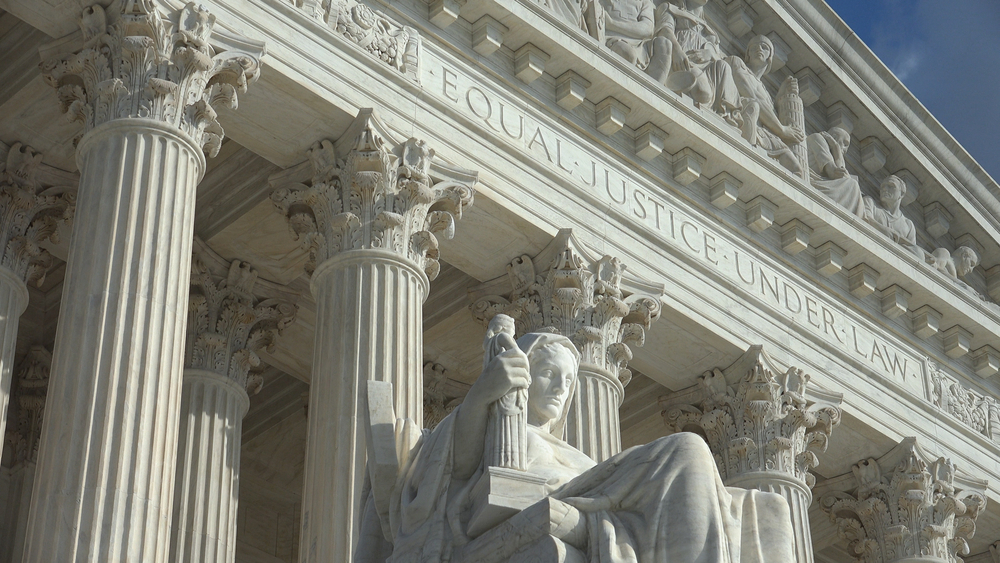By now, you may have heard about the “Maui Case.” No, we’re not talking about a COVID-related case that we are so accustomed to hearing about in the news. Rather, the Maui Case is a recent landmark decision (County of Maui, Hawaii v. Hawaii Wildlife Fund) by the Supreme Court of the United States (SCOTUS) related to the regulatory jurisdiction of the Clean Water Act. The SCOTUS ruled in a 6-3 decision on April 23, 2020 that “the statutory provisions at issue require a permit” for a discharge of a pollutant into groundwater – if the discharge of pollutants into groundwater that flows into a surface water is the “functional equivalent” of a direct discharge into a navigable water. The SCOTUS decision creates questions that environmental, health, and safety (EHS) managers and others involved in regulatory compliance can use to plan for the future.
What’s the big deal about the SCOTUS decision?
For starters, the Clean Water Act has always covered “point sources” that discharge into surface waters (e.g. rivers, lakes, oceans) – and not discharges into groundwater that then flow into those receiving waters. Also, the SCOTUS decision established the legal definition of a “functional equivalent” discharge that will be used by other courts and state regulatory agencies to define permitting and compliance in the future.
Typically, near-surface groundwater flows naturally into receiving streams and rivers. If that groundwater contains “pollutants”, the SCOTUS decision might mean that existing groundwater contamination at a multitude of sites in the U.S. would require permitting. That would be big news – with new permitting, monitoring, and reporting responsibilities.
Groundwater impacted with “pollutants” can be present at a variety of sites, such as current or former manufacturing plants and power plants. Such contamination can be from slow seepages from legacy disposal areas (e.g. landfill, RCRA management unit, underground storage tank), for example. Or, discharges to groundwater might originate from large zero discharge percolation ponds or injection wells, as other examples.
The SCOTUS decision summarized several factors that might be considered in a functional equivalence analyses, and those factors (and possibly others) are site- and case-specific. The court concluded that seven factors “may prove relevant” for such an analysis:
- Transit time from a source to a surface water;
- Distance traveled to the surface water;
- Type of material through which the pollutant travels (e.g. clay, limestone);
- Dilution or chemical change during pollutant migration;
- Change in pollutant amount in transit;
- Manner or area of pollutant entry into navigable waters; and
- Degree to which a pollutant maintains its identity during transit.
While determining some of these factors is relatively simple for qualified engineers and hydrogeologists – such as the type of soil or bedrock the groundwater flows through – others require costly, expert analyses.
What should interested parties do now to plan for future impacts?
EPA has yet to publish its response to the decision or to create guidelines on how to evaluate a functional equivalent discharge, which leaves state environmental regulatory agencies in limbo. Those of us who plan to meet regulatory compliance obligations are therefore left to speculate and ask a lot of questions to know if or when this will ever be an in-house issue. If so, interested parties may have logical questions like: “who makes the functional equivalent decision, how is that demonstration made, and will leakages from legacy sources of contamination be subject to the Clean Water Act?”
We must now wait and see how the lower courts will use the SCOTUS decision to decide existing and future claims – plus wait to see how state regulatory agencies will use the decision in permitting and litigation activities. And, we also wait to see if the decision creates third party citizen lawsuits allowed under the Clean Water Act for sources that had previously been exempt or under the radar. Regulated facilities, operations, and other interested parties are now in a “wait and see” position to determine whether to change operations or how to plan for the future.




